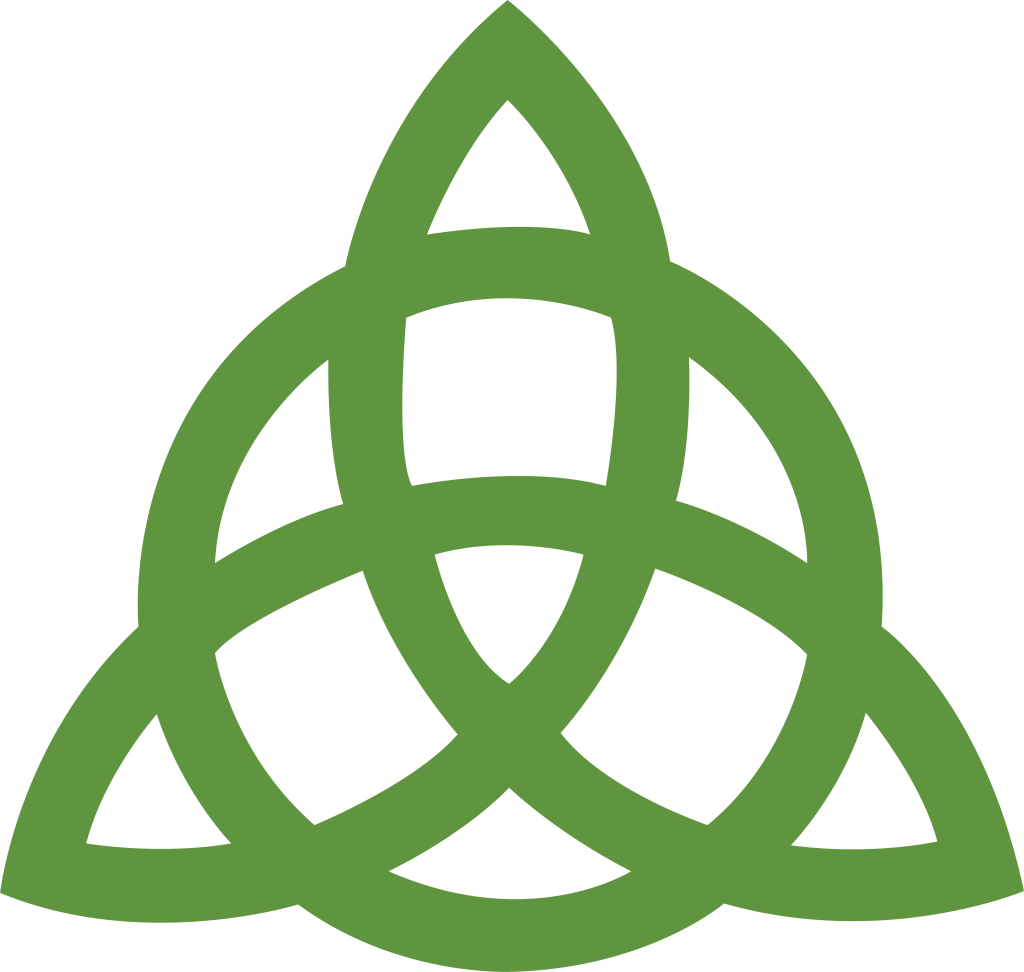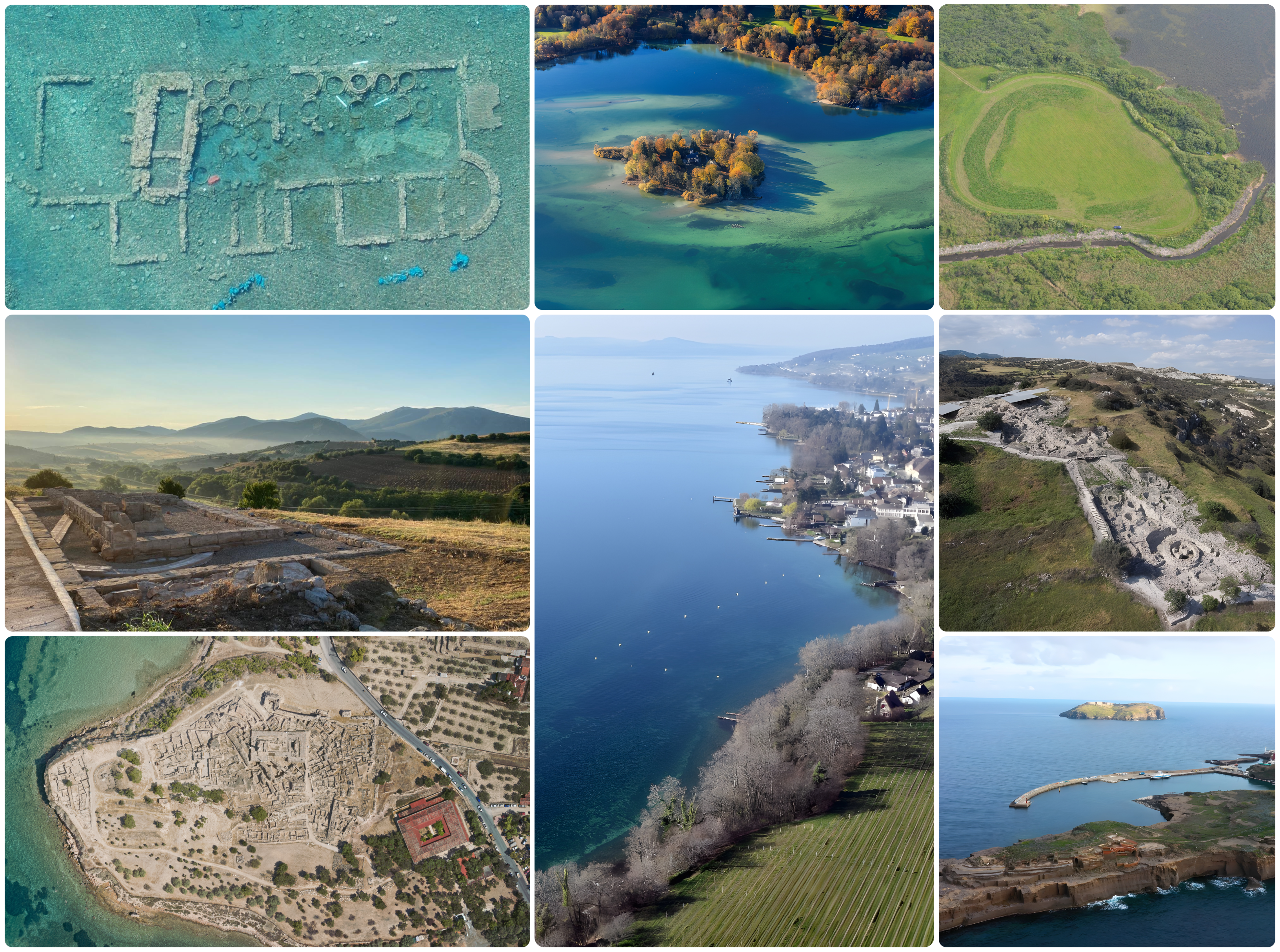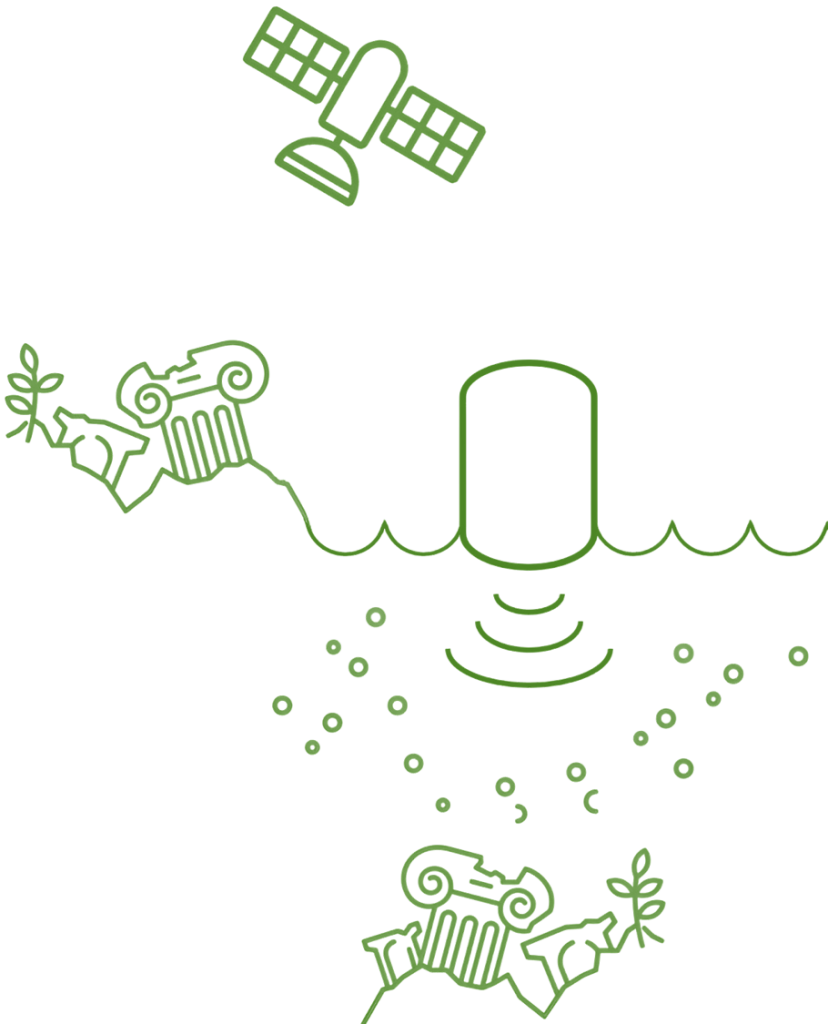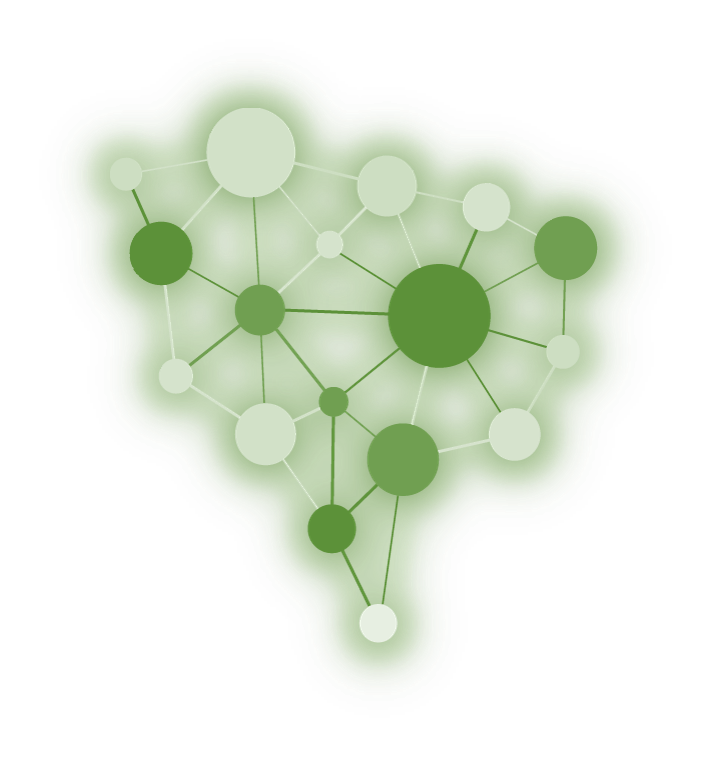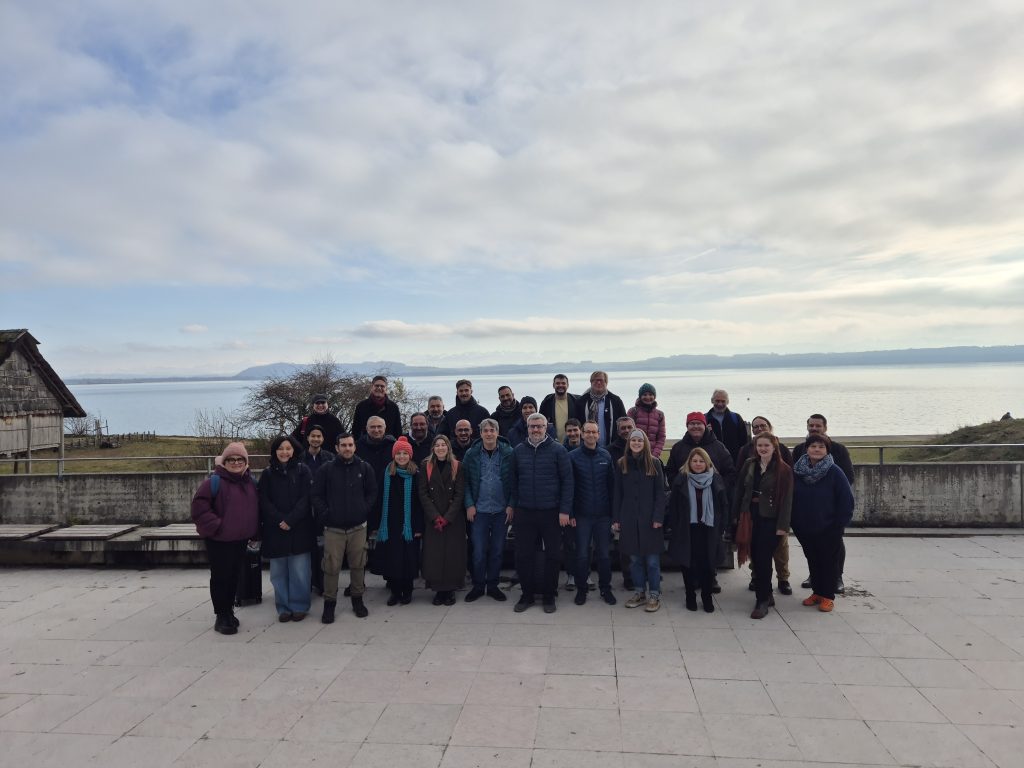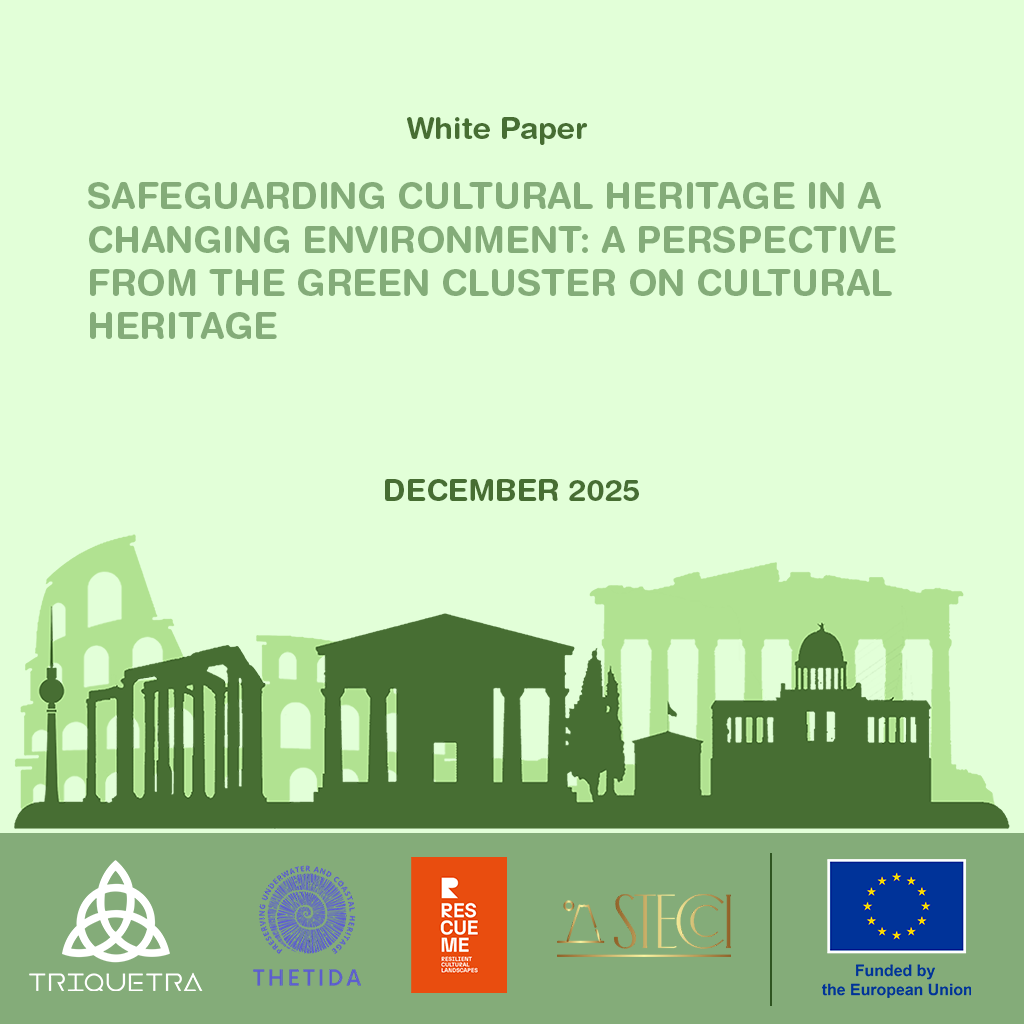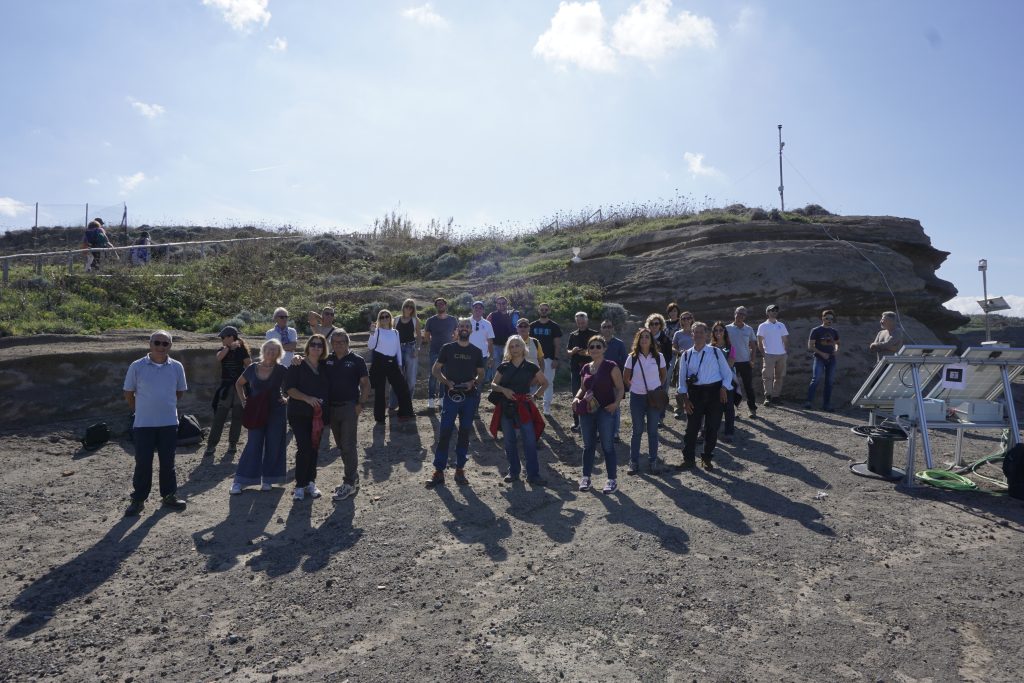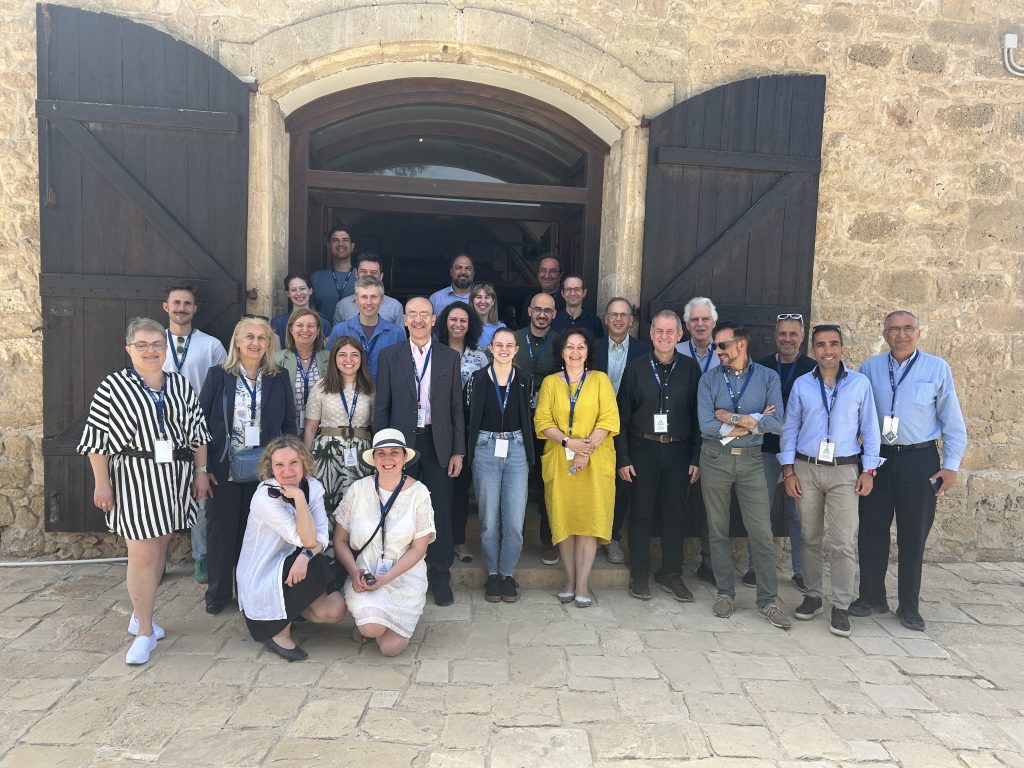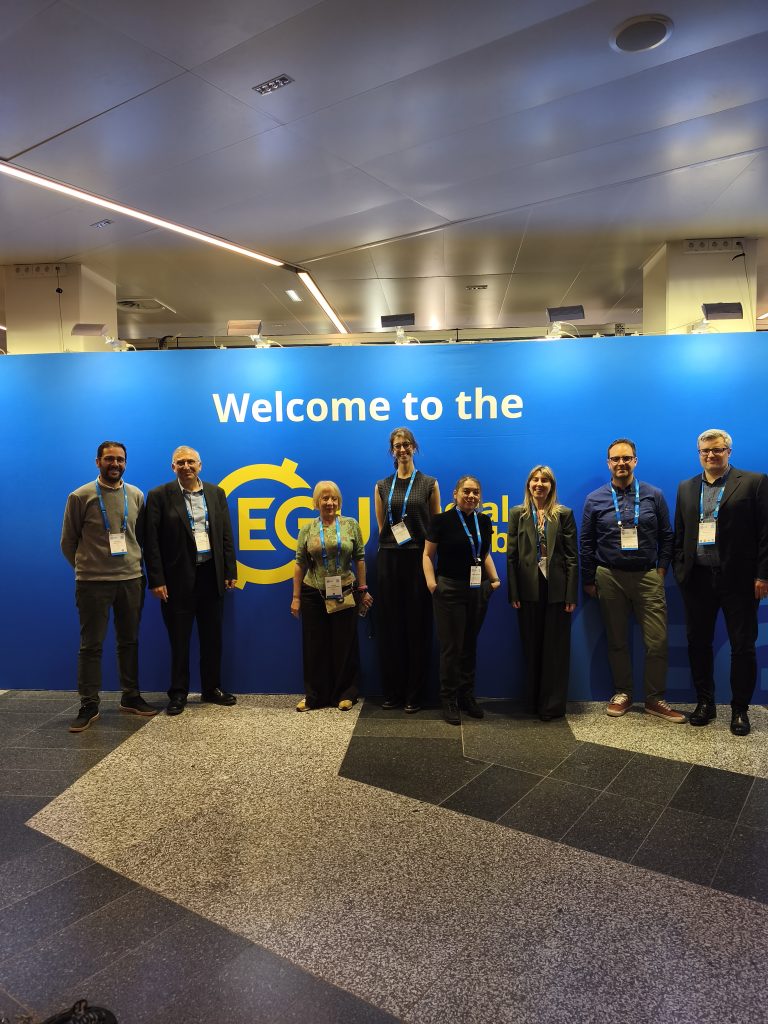Toolbox for assessing and mitigating Climate Change risks
and natural hazards threatening cultural heritage
TRIQUETRA (/traɪˈkwɛtrə/) from the Latin triquetrus “three-cornered”:
An ancient symbol (triangular figure composed of three interlaced arcs),
often used to represent the 3 fundamental elements – air, water, and
earth or the infinite cycle of life. Also known as a rune of protection.
